Apple's introduction of the notch in the MacBook Pro seemed like FaceID was imminent — but it has yet to appear. It's clear, though, that Apple is still thinking about implementing it in the MacBook Pro, in the iMac, and possibly a display too.
Apple files hundreds of patents a month, so it's not guaranteed that the patent titled "Light recognition module for determining a user of a computing device" filed in August 2023 will see the light of day. And, the idea of Face ID inside a MacBook Pro isn't new.
Most of the patent text is a dry rehash of how Touch ID works. But, Apple has some interesting tidbits inside it's newest patent on the subject.
Face ID in a MacBook is obvious. That notch is right there, and the circuitry is inside the notch starting in the iPhone X, after all.
What's less obvious is Apple has already considered how to deal with differing angles on the laptop's screen when it's opened.
The patent text says that the apparatus "is capable of pivoting the light pattern recognition module along an axis." This is patent-language for "hinge."
That hinge mechanism alters the angle of both the dot projector and Face ID sensor behind that notch. This guarantees that the angle of incidence of the light on the user's face remains consistent, regardless of operating angle of the display.
It's probable that Apple has been working on the possibility for some time. While patent images are crude, it's clear that the MacBook Pro featured in the illustrations has a Touch Bar, and not an upper row of function keys.
The technology described is also applicable to an iMac or display. That too has the hinge built in, according to illustrations in the patent.
With that hinge built-in, the technology could extend past the fixed-verticality of the iMac. The Pro Display XDR has a stand that can elevate the monitor too, so it's possible that Apple is considering use in adjustable displays as well.
The patent is credited to prolific Apple inventor Paul X. Wang, who also was credited for a keyboard that could pop out one key to use as a mouse. Another notable name associated with the filing is Adam T. Garelli, who has a patent on an iMac design from a single sheet of glass.
The two listed above collaborated on this patent with their normal team of Antonio Clarke, Dinesh C Mathew, Joshua Daigle, and others.
The patent is publication number US 2024/00362338. It had an incredibly brief filing date to publication date, with it filed on October 10, 2023, and published on February 1, 2024. It is a continuation of patents dating back to 2019.
 Mike Wuerthele
Mike Wuerthele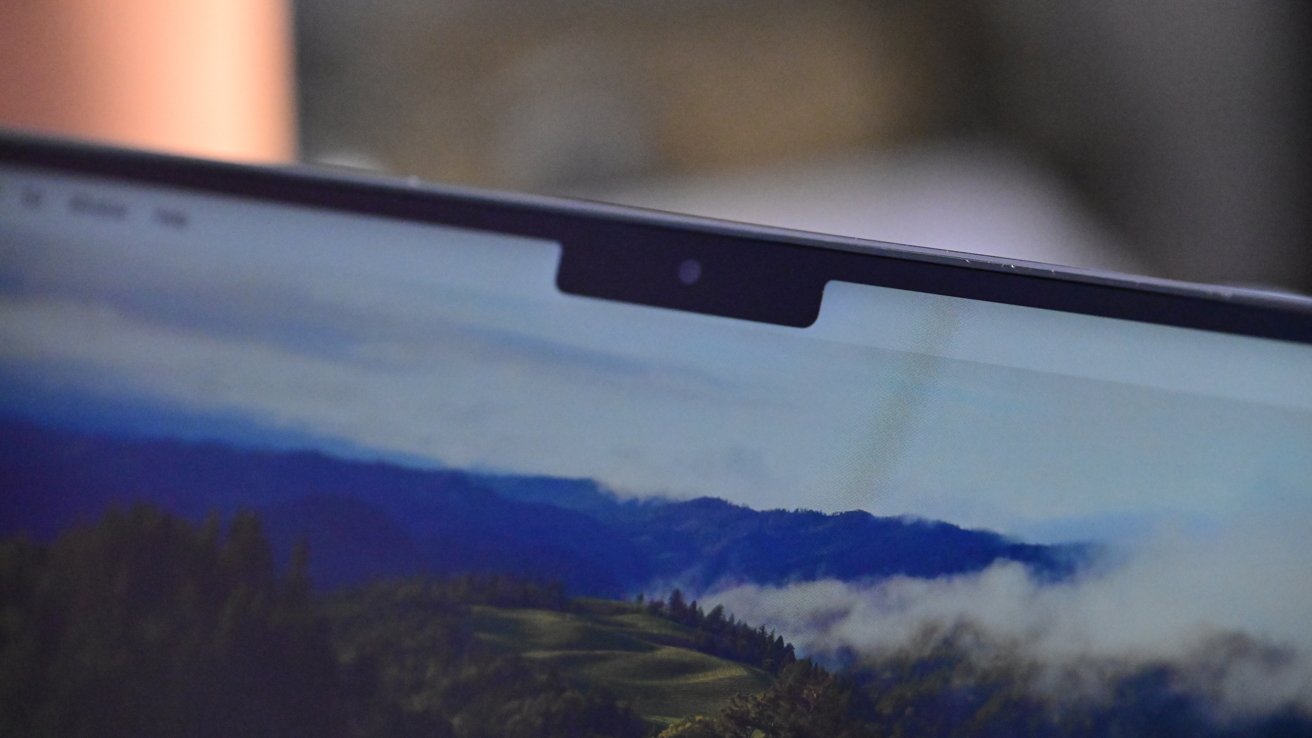
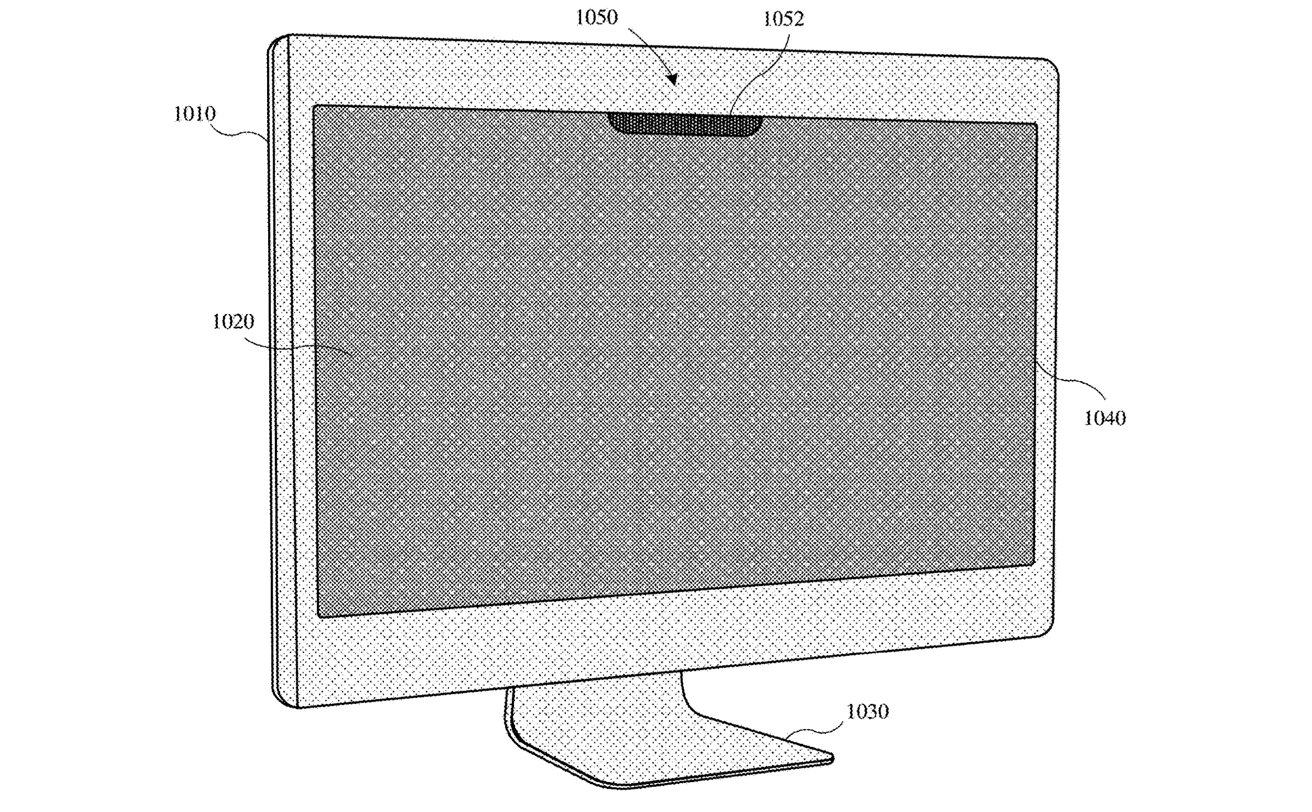
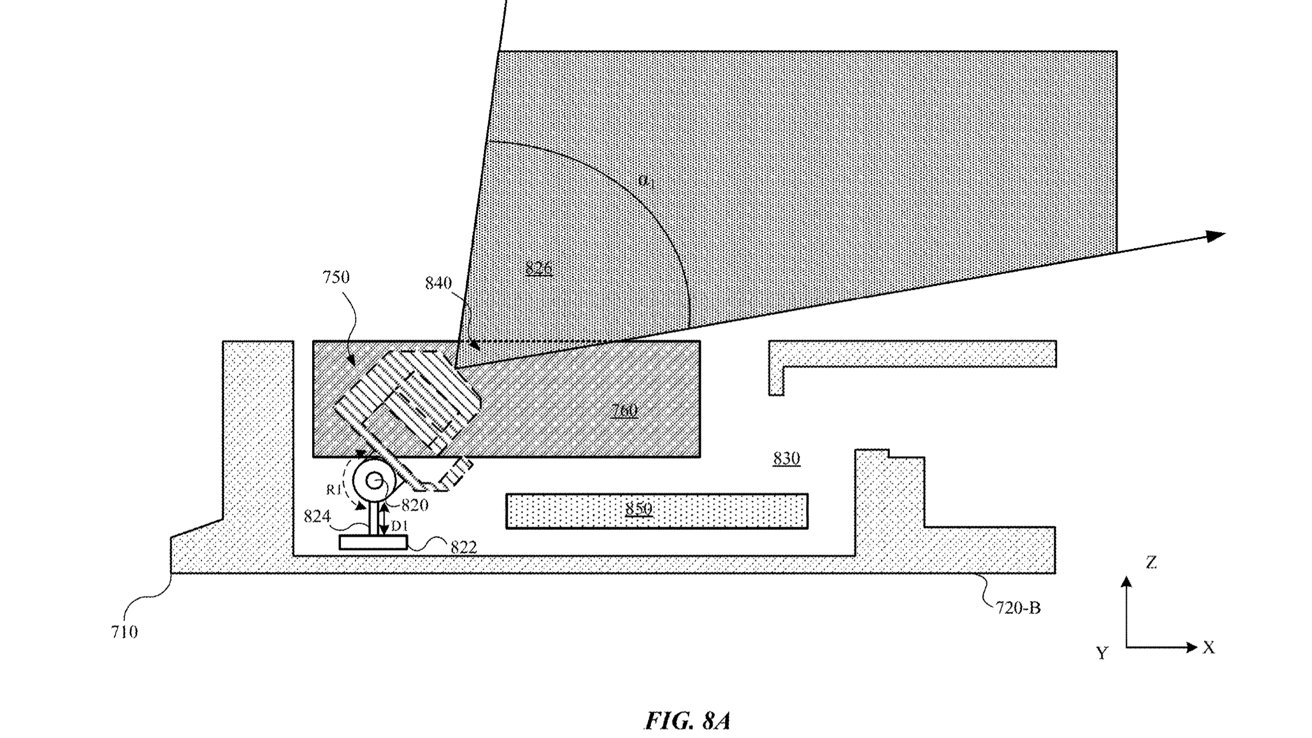
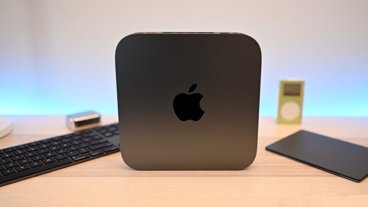
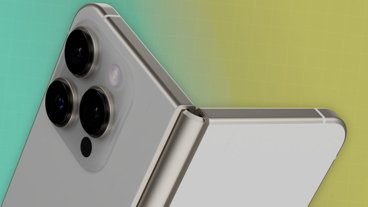

-xl-m.jpg)



-m.jpg)






 Chip Loder
Chip Loder
 Christine McKee
Christine McKee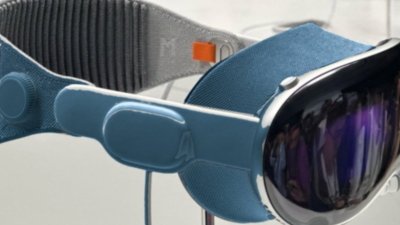
 William Gallagher
William Gallagher
 Amber Neely
Amber Neely
 Malcolm Owen
Malcolm Owen
 Andrew Orr
Andrew Orr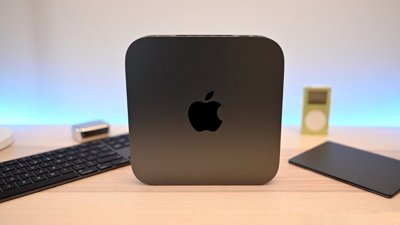

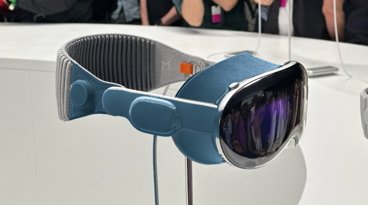
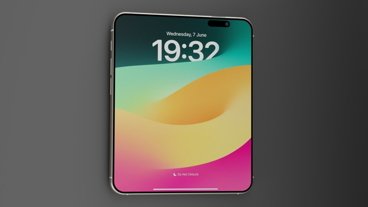
-m.jpg)






5 Comments
I've wondered why this hasn't already been a feature for a while. My touch keyboard on my M2 Mac Studio Ultra is fantastic; throw in Face ID on the Apple Studio Display too, please.
I too have been wondering about why no Face ID on Macs, but the laptop screen angle was a factor I had failed to consider.
What replaces the swipe up gesture after FaceID accepts your face? Do you click an icon, or press a key? TouchID only needs you to rest your finger on the key and nothing else.
I don't see why this is a big advantage for the Mac. With iPhone since you are always holding it so it is useful to have your hands free. But with Mac my hands are constantly on the trackpad or keyboard right next to Touch ID, and if I'm wearing my Apple Watch it will unlock anyway.
Bring back Touch ID to the iPhones.